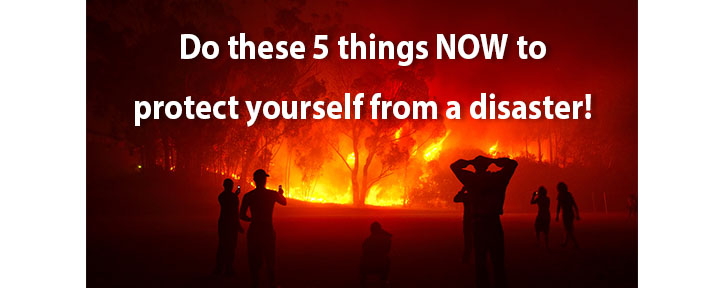
Children, and adults, are anxious about the negative effects of wildfires and climate-related disasters. The uncertainty of when they will strike and the restrictions it puts on after-school activities, family vacations, and even on-site classes are taking its toll on all of us.
I recently hosted the North Rodeo Gulch Firewise event to encourage residents to take action to mitigate wildfires. With over 17 expert speakers from Supervisor Manu Koenig to Central Fire’s top brass to SC County sheriff to ARES (ham radio), they addressed concerns and offered excellent tips on how to navigate the upcoming fire season.
My daughter, Dr. Nicole D’Arcy, ER physician at Valley Medical Center in San Jose, spoke about how to treat burns and injuries when emergency aid is not available. Sean Gomez, my 9th-grade student, spoke about his cyber deck project that can give us vital information when we are cut off from all forms of communication.
You can watch the entire presentation at NRGfirewise.com/events.
Here are the 5 steps you can take now to prepare for the inevitable wildfires – and to ease your stress knowing that you are proactive in protecting your family and home.
1. Pack Go-Bag
Besides food, water, meds, toiletries and clothing, add these vital items: butterfly bandages, duct tape, ACE wrap, headlamp, tweezers, gauze, antibiotics ointment/medi-honey, goggles, respirator N95 masks, the list of all your medications, and all your essential prescriptions (inhalers, EpiPens, heart medications). Keep these in your bag so you’re always prepared.
2. Sign up for CodeRED
This reverse 9-1-1 system will alert you about emergency evacuations, severe weather, missing persons, and more. You’ll be notified by cell phone or landline. Go to scr911.org to sign up.
3. Purchase a MURS Radio
When your power goes off and/or you lose cell phone reception, you will be able to communicate with neighbors using the MURS radio system to get emergency updates from the OR3, fire department, sheriff/police, etc. We recommend the Dakota Alert or the BaoFeng UV-82C radios. You don’t need a license to use these radios and you can talk to ham radio operators to relay your emergencies.
4. Clear all Combustible Materials 5 Feet Around your House
Remove all wood, plastic, or anything that is flammable that touches your house and work your way outward 5 feet. That means your patio set, stacks of firewood, planter boxes, and any vegetation. I just cut 100-feet of gorgeous wisteria that completely wrapped around my house. The fire inspector told me the vines would act like a wick to ignite my house; that’s all I needed to hear before I pulled out my shears.
5. Reduce Fire Risk by Limbing up Trees and Clearing Roadways
Think about what you can do to keep wildfires from igniting on your property. Limb up tree branches to 6-10 feet from the ground. Thin trees so their canopies don’t touch each other. Weed whack brush to 2”-4” tall. Clear trees and overhanging branches so a fire apparatus can safely drive up your roads. The road should be cleared at least 26 feet wide and at least 13 feet 6 inches tall. Fire fighters will not drive up roads that are unsafe for their teams. Work with your neighbors to clear your roads and maintain them.
Create a plan that gives you several months to complete your fire prevention preparation. Lay it out in your planner or calendar; having it written will help ensure that you get it done. Continue to make plans into the future so you can take steps that work within your budget and free time.
Check out NRGfirewise.com for resources and more tips.

